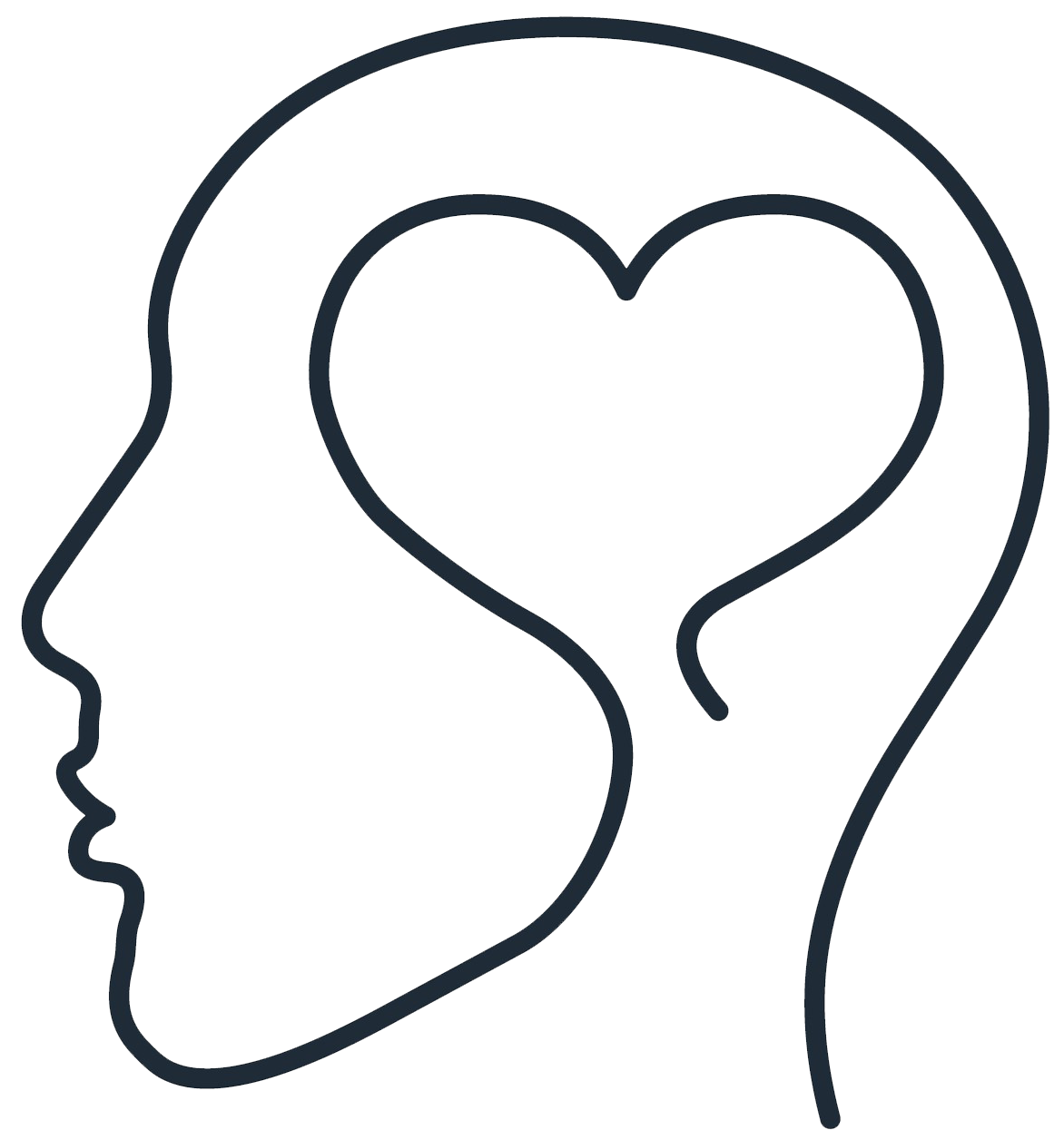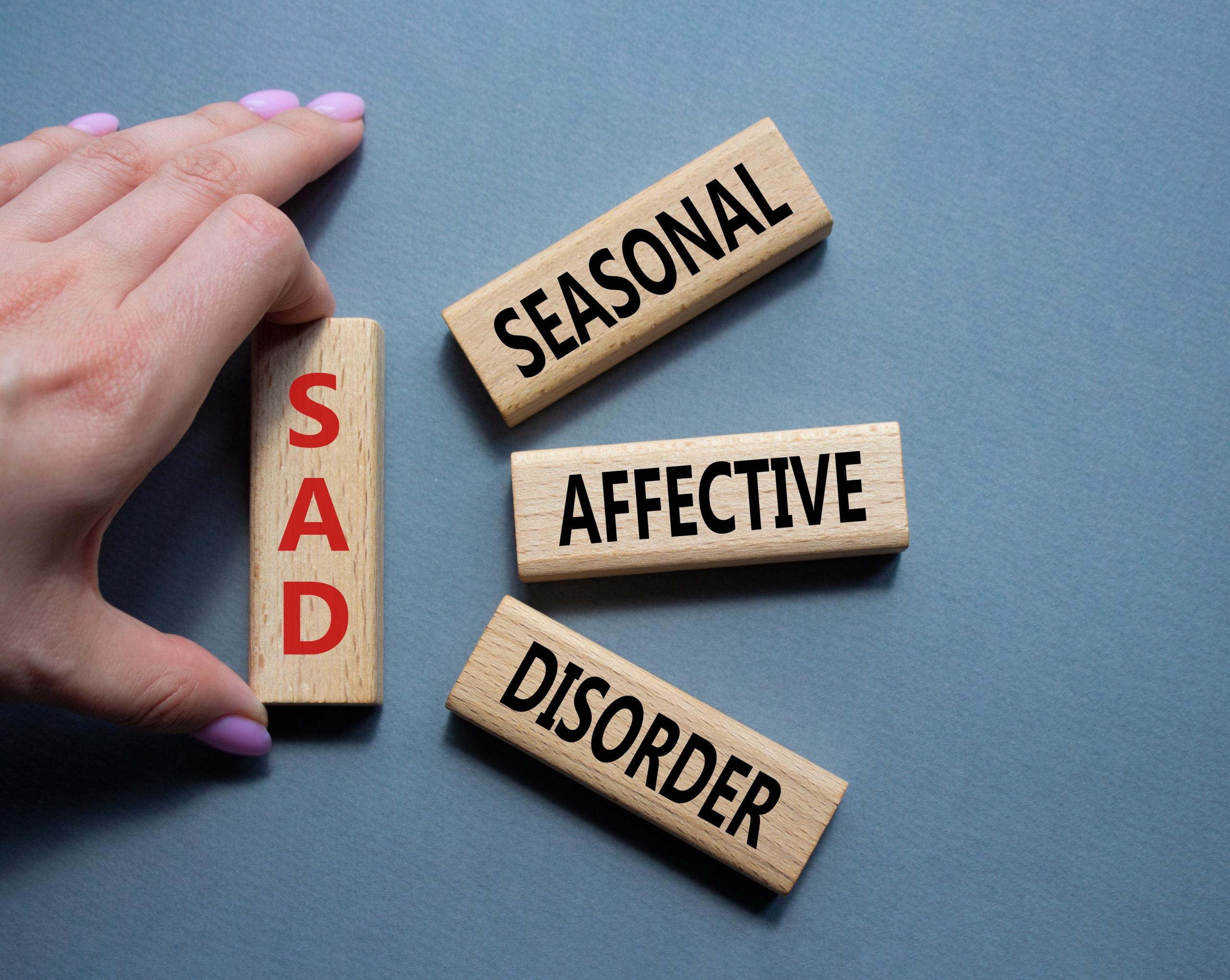Understanding Seasonal Affective Disorder (SAD)
As the chill of winter sets in and the days become shorter, many people find themselves feeling more lethargic and downcast than usual. Reports indicate that around 5% of the U.S. population experiences Seasonal Affective Disorder (SAD), a type of depression that occurs at a specific time of year, typically in the fall and winter months. This article will delve into the nuances of SAD, differentiating it from common winter blues while exploring its symptoms, causes, and treatment options, with a focus on fostering holistic mental wellness.
What is Seasonal Affective Disorder?
Seasonal Affective Disorder is a form of depression heralded by seasonal changes. Unlike the transient feelings of the winter blues, SAD is characterized by more severe symptoms that can interfere with daily life. Individuals with SAD may experience mood swings, fatigue, difficulty focusing, and a general sense of hopelessness, significantly impacting their emotional well-being.
External Stressors and Their Impact
External stressors such as stress and lack of sunlight play a significant role in SAD. During the winter months, reduced sunlight exposure can affect the body’s internal clock and disrupt the production of serotonin—a neurotransmitter that helps regulate mood. This disruption can exacerbate feelings of sadness and irritability associated with SAD. Recognizing these triggers is crucial for effective management and coping strategies.
Exploring Symptoms and Causes
The symptoms of SAD often extend beyond the typical feelings of sadness and fatigue. Common experiences include changes in sleep patterns, weight fluctuations, and a withdrawal from social activities. Understanding these symptoms can help individuals identify their experiences and seek appropriate support. The exact causes of SAD remain unclear, but genetic factors, hormonal changes, and environmental influences are believed to contribute significantly.
Treatment Options for SAD
Effective treatment methods for SAD typically encompass a combination of therapy options and lifestyle adjustments. Light therapy, which utilizes bright light to simulate sunlight exposure, has shown promising results. Additionally, cognitive-behavioral therapy can provide coping strategies to navigate the emotional challenges brought on by seasonal changes. Self-care routines that incorporate regular exercise, healthy eating, and social interactions can also play a vital role in maintaining mental wellness during this challenging season.

Understanding Seasonal Affective Disorder
In conclusion, Seasonal Affective Disorder affects numerous individuals during the colder months, reminding us of the profound connection between our mental health and external environmental factors. By acknowledging the signs and symptoms of SAD, and exploring available treatment methods, individuals can navigate these seasonal changes more adeptly and prioritize their mental wellness throughout the year.
Recognizing the Symptoms of SAD
Seasonal Affective Disorder (SAD) is a type of depression that occurs at certain times of the year, typically during the fall and winter months when sunlight exposure diminishes. Understanding its symptoms is crucial for timely intervention and support. In this section, we will categorize SAD symptoms into three main categories: emotional, physical, and behavioral. Each category will provide a clearer picture of how SAD manifests and the varying severity of its symptoms.
Emotional Symptoms
Individuals with SAD often experience significant emotional fluctuations. One of the hallmark symptoms is persistent feelings of sadness or hopelessness that last throughout much of the day. This emotional state can sometimes lead to heightened irritability, feelings of worthlessness, and even anxiety. It’s important to recognize these pervasive emotions as they can markedly impact daily interactions and overall mental wellness.
Physical Symptoms
Physical symptoms play a critical role in the presentation of SAD. People may find themselves feeling sluggish and fatigued, often sleeping more than usual. Specific sleep disturbances such as hypersomnia, where a person sleeps more than normal, can occur along with changes in appetite, which may lead to overeating and weight gain. Conversely, some might experience a decrease in appetite. Additionally, physical symptoms can include unexplained aches and pains, further complicating daily life.
Behavioral Symptoms
Behavioral changes are also significant indicators of SAD. Those affected may withdraw from social activities that once brought joy, finding it difficult to engage with friends or family. There may be a noticeable decrease in motivation, leading to procrastination and decreased performance in both personal and professional commitments. Recognizing these behavioral shifts can be vital for understanding the broader impact of SAD on an individual’s life.

Recognizing the Symptoms of Seasonal Affective Disorder
It is important to note that the severity and presentation of SAD symptoms can vary widely from person to person. While some may experience mild symptoms that do not significantly affect their daily lives, others may find their symptoms debilitating. If you or someone you know is exhibiting these signs, reaching out for support and exploring therapy options is essential for managing SAD and improving overall mental health.
Unraveling the Causes of SAD: A Multifaceted Perspective
Seasonal Affective Disorder (SAD) is a type of depression that’s linked to seasonal changes, most commonly occurring during the fall and winter months when daylight hours are shorter. Understanding the multifaceted causes of SAD can provide important insights into its symptoms and effective treatment methods.
Reduced Sunlight and Its Impact
One of the primary factors contributing to SAD is the lack of sunlight exposure during the darker months. Sunlight plays a crucial role in regulating melatonin and serotonin levels in the body, hormones that significantly influence mood and sleep patterns. As sunlight diminishes, the body tends to produce more melatonin, leading to feelings of drowsiness and low energy. Conversely, lower levels of serotonin, which often occur in response to decreased sunlight, can heighten feelings of sadness and anxiety. This disruption in physiological balance significantly contributes to SAD symptoms.
Circadian Rhythm Disruption
Beyond hormonal changes, reduced sunlight can disrupt the circadian rhythm, our internal biological clock that regulates sleep and wakefulness. This disturbance may lead to difficulties in regulating sleep patterns, resulting in increased fatigue and emotional instability. The interplay of these factors creates a cyclical pattern that can exacerbate symptoms of seasonal depression.
Genetic Predisposition and Contributing Factors
Genetic factors also play a role in the development of SAD. Individuals with a family history of depression or other mood disorders may be more susceptible to experiencing SAD. Additionally, external factors such as stress, lifestyle choices, and pre-existing mental health conditions can contribute to the severity of symptoms. For example, high-stress environments or a lack of self-care routines can heighten feelings of sadness and contribute to emotional challenges during seasonal transitions.
Societal and Environmental Influences
The influence of societal and environmental factors cannot be overlooked. Many individuals are subjected to the stressors of modern life, including lifestyle changes, work demands, and social expectations. These pressures can further compound the effects of seasonal changes on mental health, making awareness and understanding key in addressing SAD. Engaging in mental health awareness initiatives can empower individuals to seek help and adopt effective coping strategies during peak times for seasonal depression.

Seasonal Affective Disorder Awareness
Exploring Diverse Treatment Methods for SAD
Seasonal Affective Disorder (SAD) is a type of depression that occurs at certain times of the year, commonly in the winter months when daylight hours are shorter. As individuals experience changes in sunlight exposure, it is important to explore various treatment methods that can support mental wellness during these periods. Here, we delve into some effective strategies, inclusive of lifestyle changes, light therapy, therapy options, and medication.
Lifestyle Changes
Incorporating healthy lifestyle changes can significantly mitigate the symptoms of SAD. Regular physical activity, such as aerobic exercises, can enhance mood and energy levels. A balanced diet rich in omega-3 fatty acids and vitamins can also support emotional well-being. Additionally, ensuring consistent sleep patterns can improve overall mental health. Stress management techniques, including mindfulness and meditation, can further help individuals cope with the challenges posed by seasonal changes. Engaging socially with friends and family can diminish feelings of isolation commonly associated with seasonal depression.
Light Therapy
Light therapy is one of the most common treatments for SAD, involving exposure to bright artificial light that mimics natural sunlight. There are various types of light therapy boxes available, each with different intensities and settings. Typically, using a light box for about 20 to 30 minutes a day during the morning hours can be beneficial. However, it’s crucial to consult a doctor before starting light therapy to ensure it’s suitable for your situation and to discuss potential side effects like eye strain or headaches.
Therapy Options
Cognitive Behavioral Therapy (CBT) is an effective method for treating SAD by helping individuals identify and challenge negative thought patterns. Other therapy options, such as interpersonal therapy, can also be beneficial in improving emotional well-being and coping strategies. Working closely with a mental health professional can provide tailored approaches to managing SAD symptoms comprehensively.
Medication
For some, medication may be a necessary component of treatment. Antidepressants, particularly selective serotonin reuptake inhibitors (SSRIs), have been found effective for managing severe symptoms of SAD. It is essential to discuss all medication options and potential side effects with a healthcare professional to find an appropriate treatment plan aligned with individual needs.

Individuals participating in outdoor activities, representing mental wellness
Effective Coping Strategies for Managing SAD Symptoms
Seasonal Affective Disorder (SAD) can significantly impact mental wellness as the seasons change. With shorter days and reduced sunlight exposure, many individuals may experience symptoms of sadness, fatigue, and disruption in their emotional well-being. However, implementing effective coping strategies can make a difference in managing these symptoms and enhancing mental health throughout the season.
Practical, Actionable Advice for Managing Mild SAD Symptoms
When it comes to managing mild symptoms of SAD, there are various practical steps you can take. Incorporating light therapy into your daily routine can mimic the effects of natural sunlight, which is particularly beneficial during darker months. Spending time outdoors during daylight, even for short periods, can also help improve mood and energy levels. Additionally, maintaining a structured routine can provide a sense of normalcy, aiding in emotional regulation.
Emphasis on Self-Care Routines and Stress Reduction Techniques
Building self-care routines is essential in combating the effects of SAD. This can include prioritizing regular exercise, which is known to boost overall mood and energy through the release of endorphins. Mindfulness practices, such as yoga and meditation, can serve as effective stress reduction techniques, promoting relaxation and emotional balance. Furthermore, ensuring a balanced diet rich in nutrients can support overall mental health and provide the necessary fuel for daily activities.
Strategies for Maintaining Social Connections and Engaging in Enjoyable Activities
Isolation can exacerbate the symptoms of SAD, making it crucial to maintain social connections during difficult times. Engage in regular communication with friends and family, whether through calls, video chats, or in-person gatherings. Finding group activities or hobbies can also provide a sense of community and joy. Participating in enjoyable activities, whether they be indoor hobbies or seasonal outings, can help distract from negative feelings and foster a sense of fulfillment.




